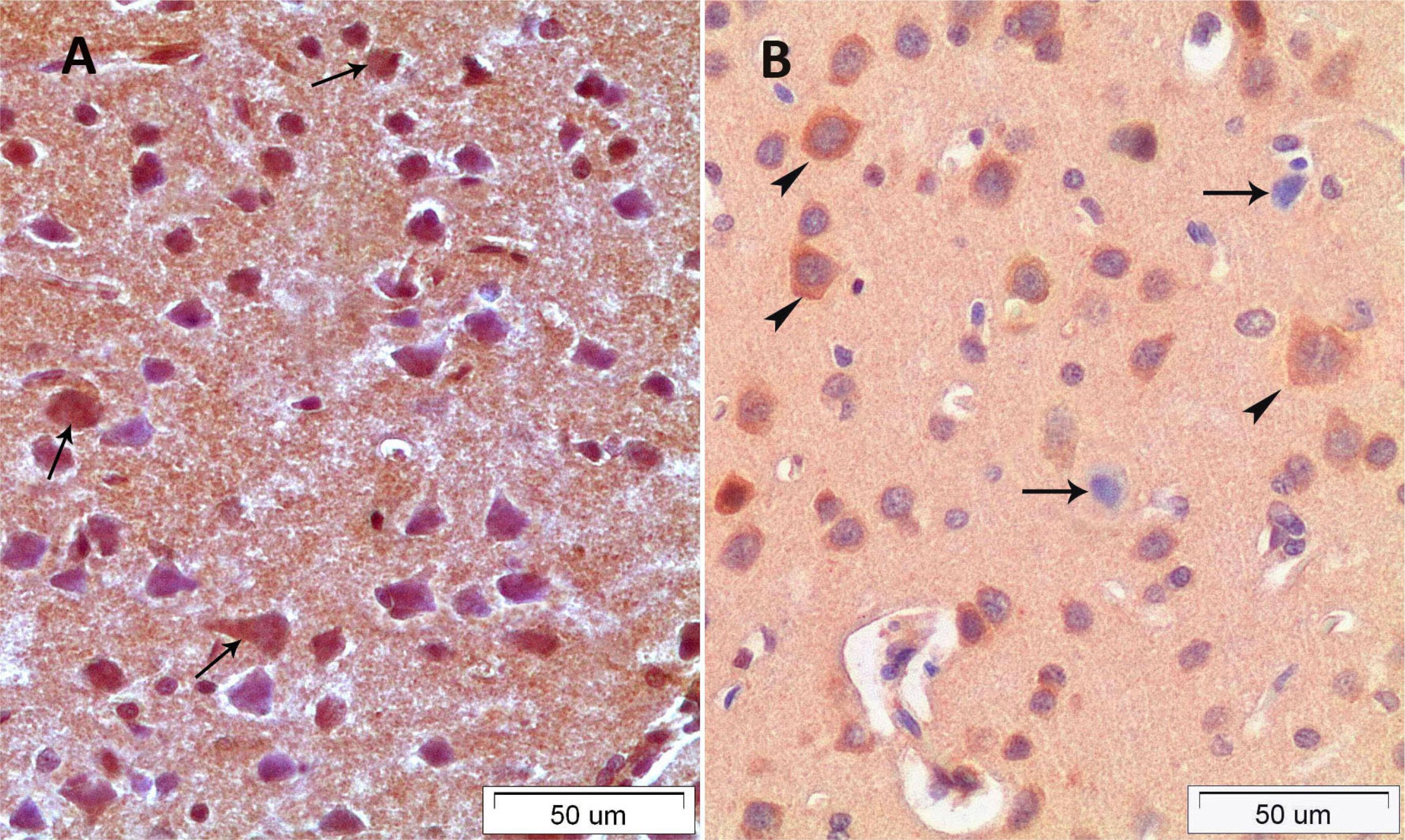PURPOSE:
To evaluate the central nervous system toxicity of cisplatin and neuroprotective effect of selenium.
METHODS:
Twenty-one male Wistar albino rats were divided into three groups: control (C), cisplatin (CS), cisplatin and selenium (CSE, n=7 in each group). Cisplatin (12 mg/kg/day, i.p.) was administered to CS and CSE groups for three days. Furthermore, CSE group received 3mg/kg/day (twice-a-day as 1.5 mg/kg) selenium via oral gavage five days before cisplatin injection and continued for 11 consecutive days. The same volumes of saline were administered to C group intraperitoneally and orally at same time.
RESULTS:
Heterochromatic and vacuolated neurons and dilated capillary vessels in the brain were observed in the histochemical examinations of cisplatin treated group. Rats that were given a dose of 3mg/kg/day selenium decreased the cisplatin induced histopathological changes in the brain, indicating a protective effect. In addition, cytoplasmic staining of the cell for bcl-2, both cytoplasmic and nuclear staining for bax were determined to be positive in the all groups. Bax positive cells were increased in the CS group compared to C group, in contrast to decreased bcl-2 positivity.
CONCLUSION:
Selenium limited apototic activity and histological changes due to the cisplatin related central neurotoxicity.
Cisplatin; Selenium; Neurotoxicity; Rats




